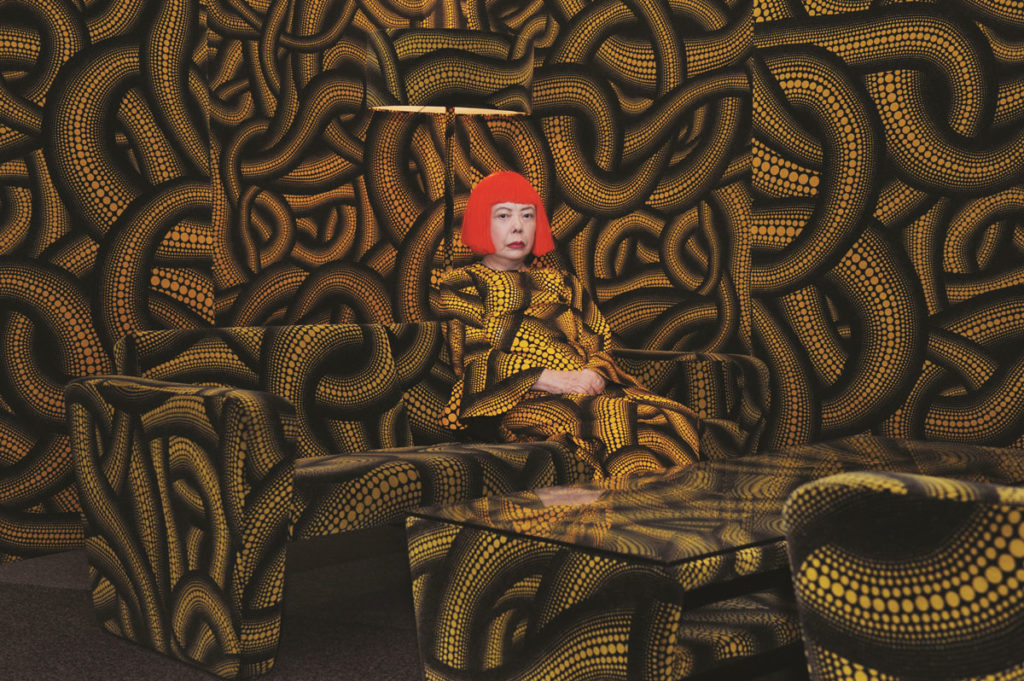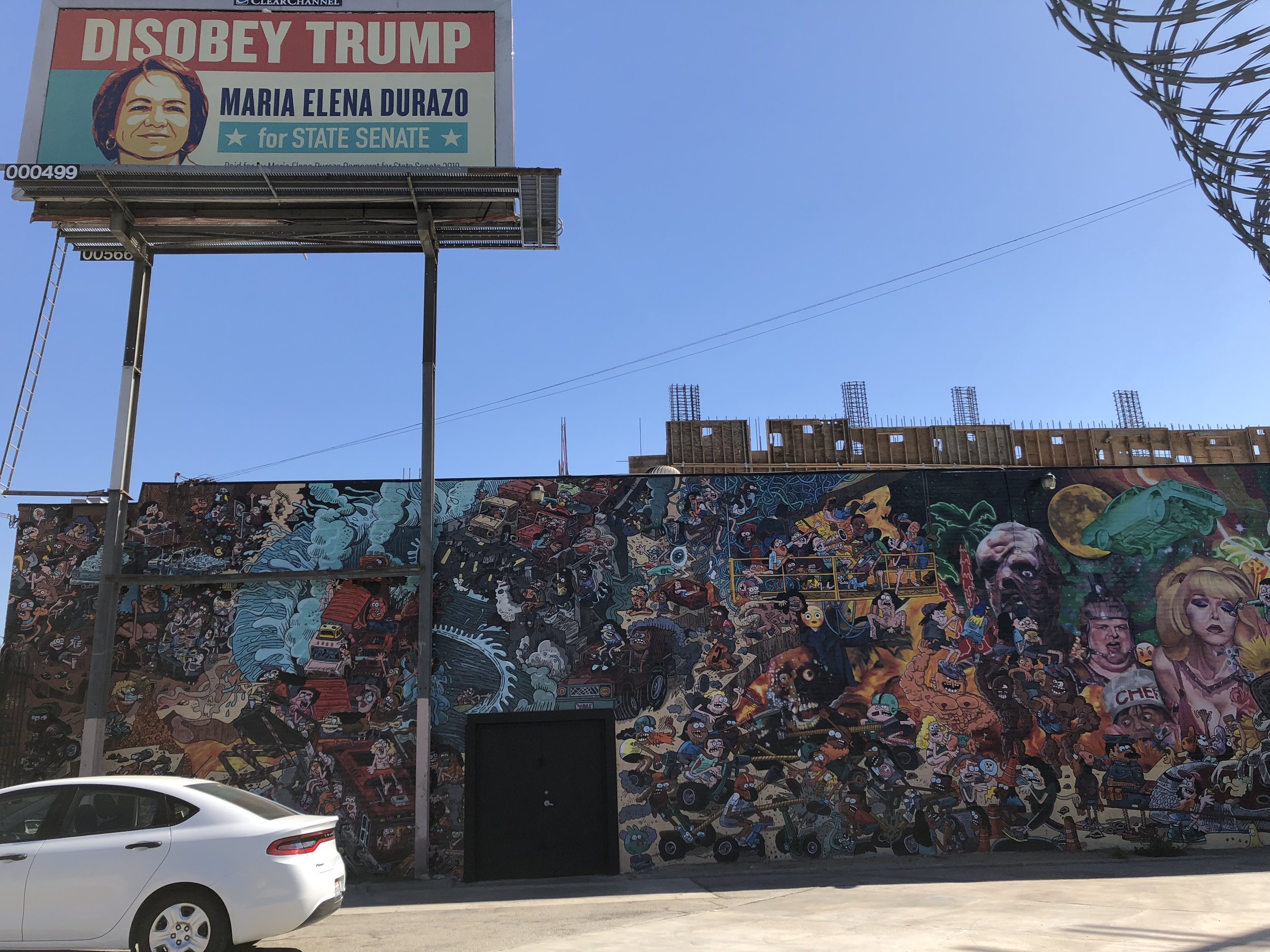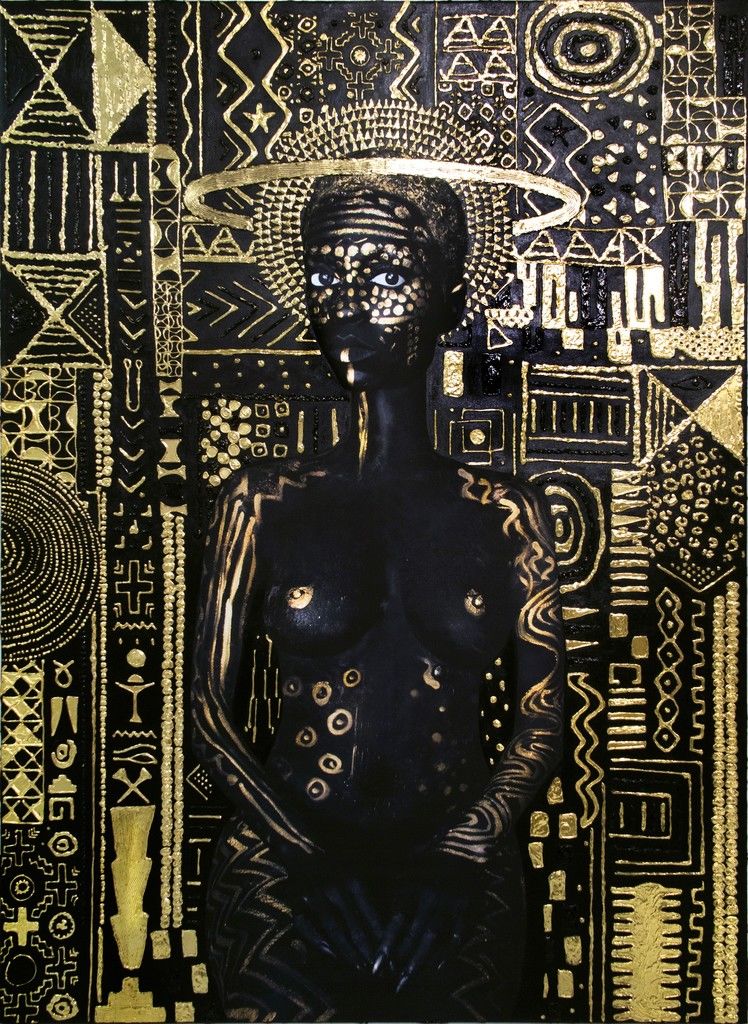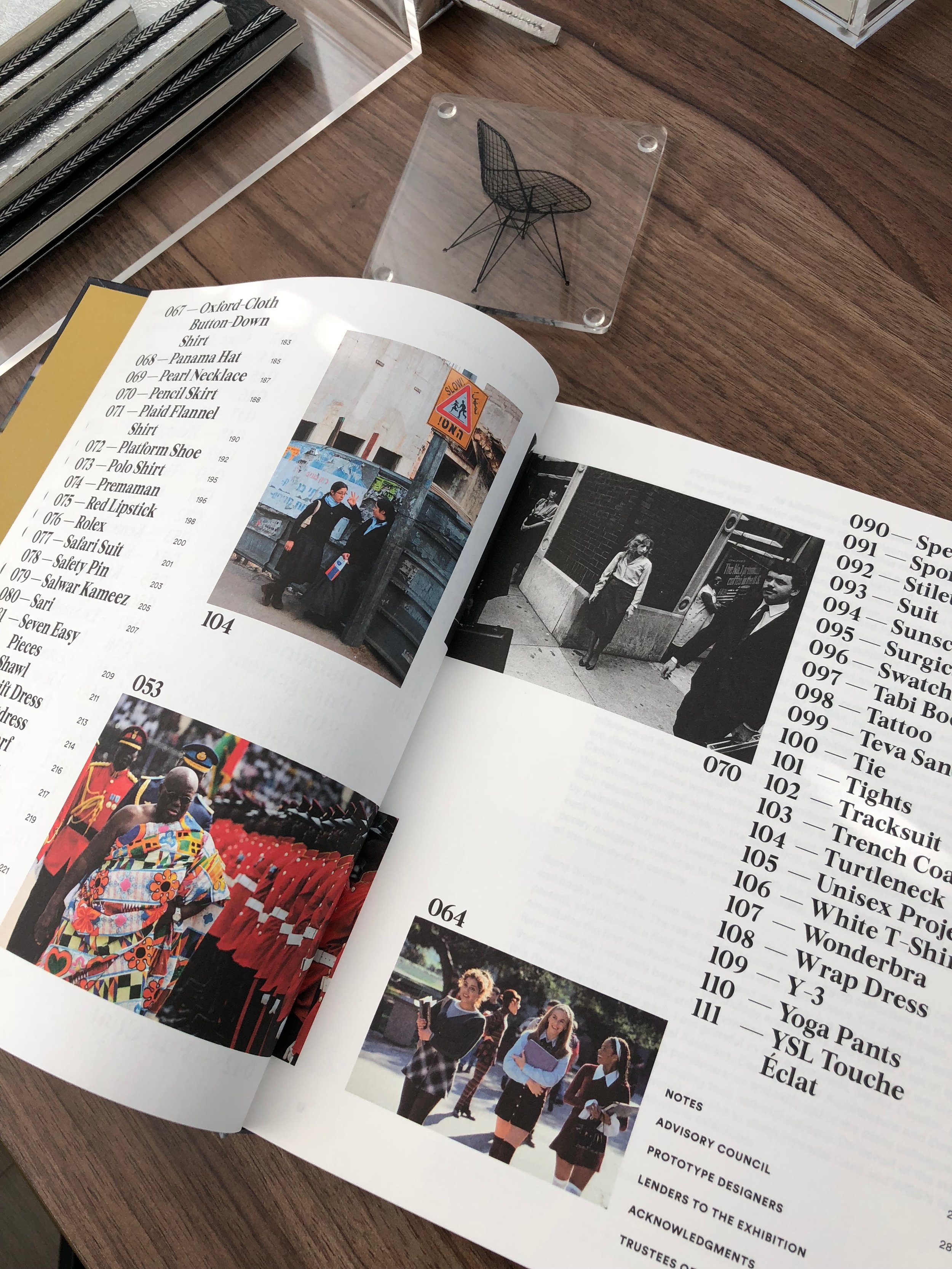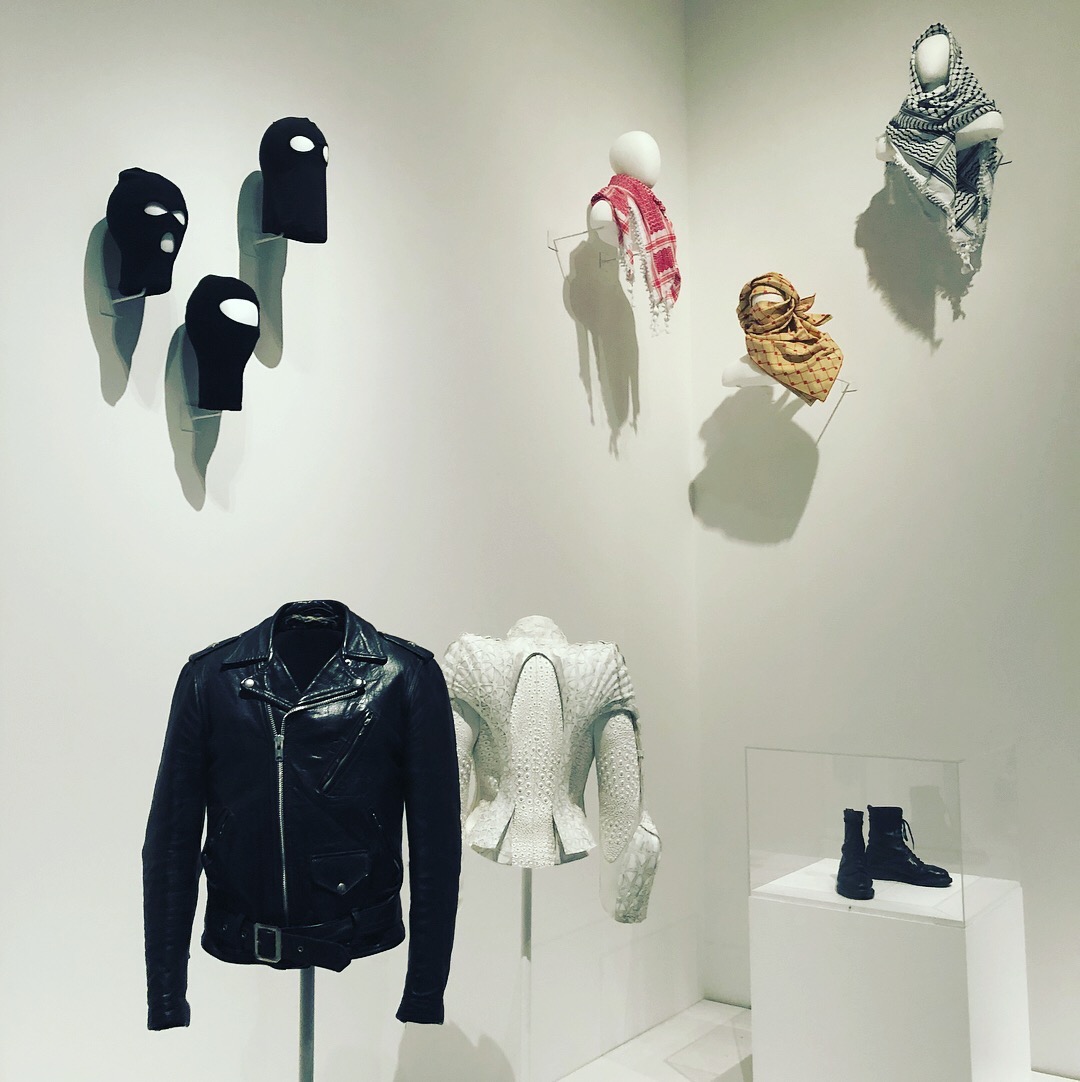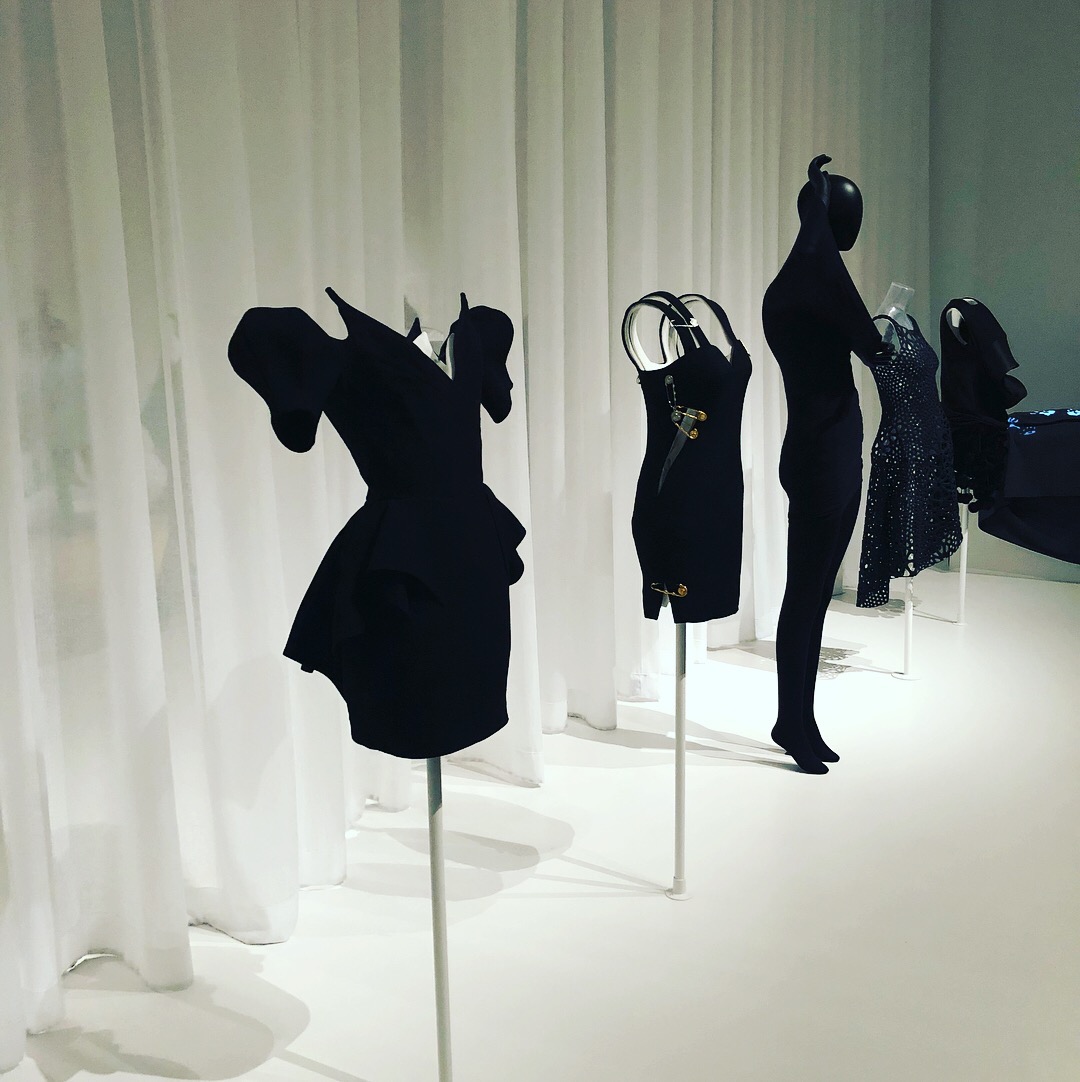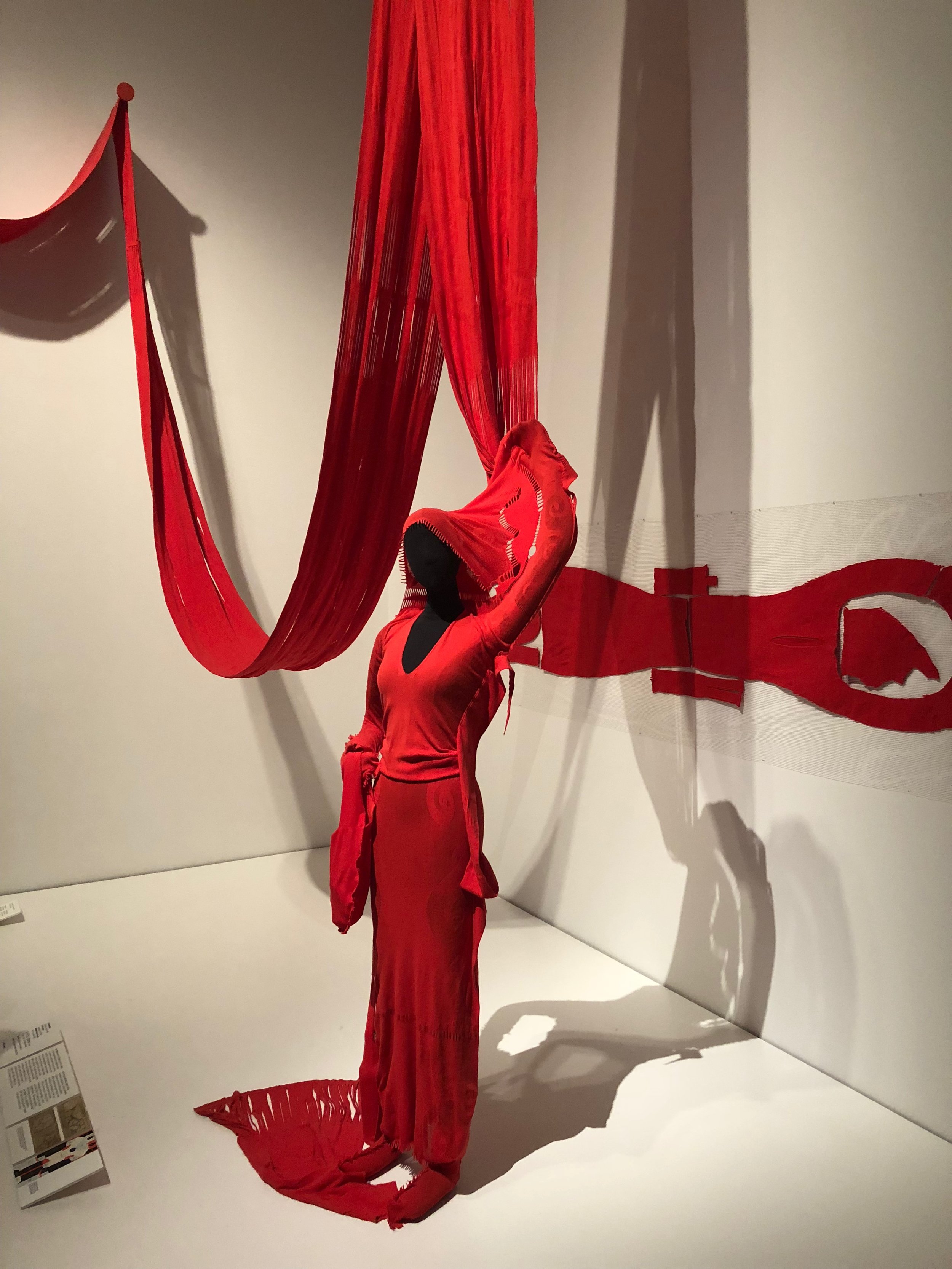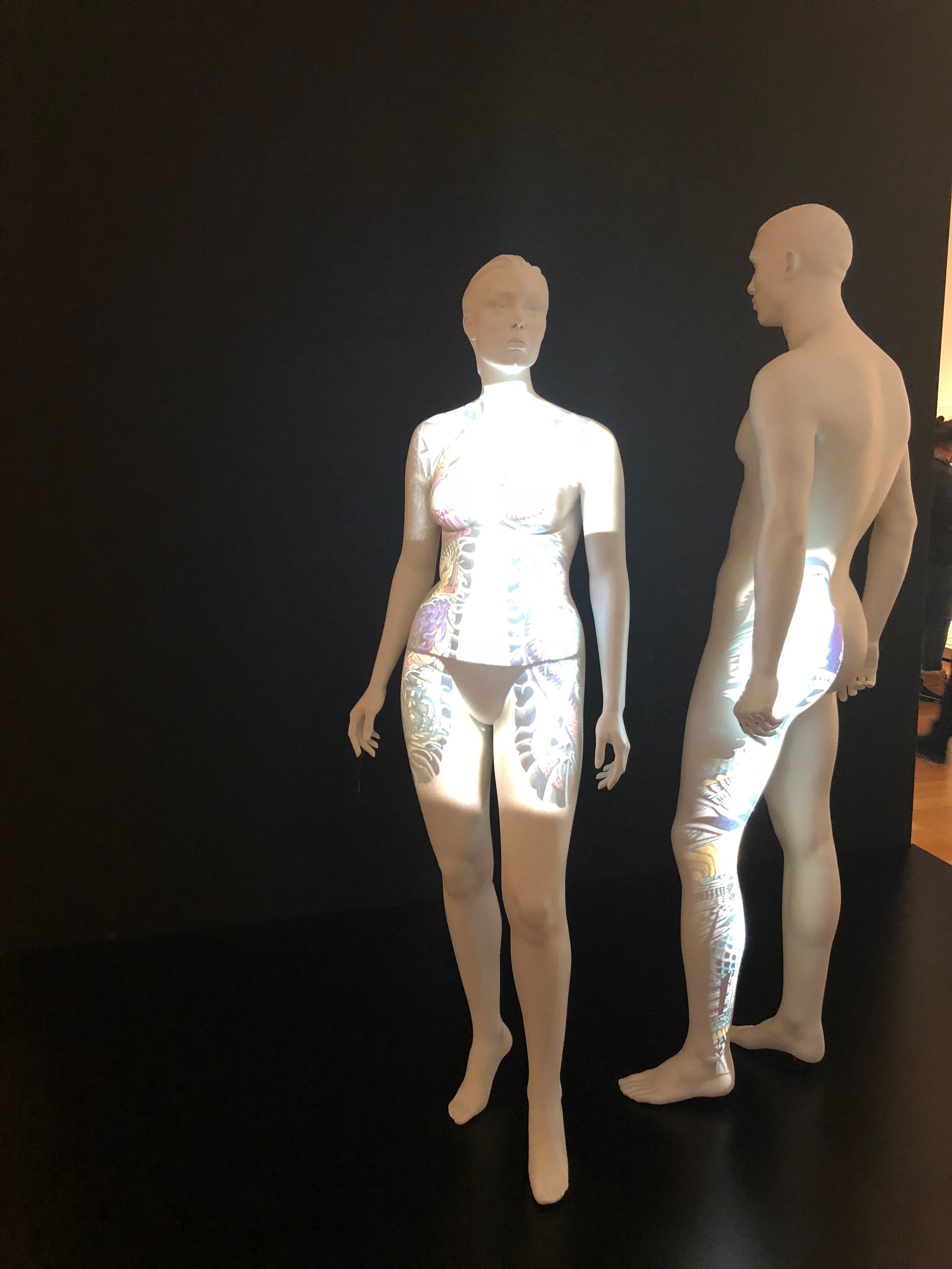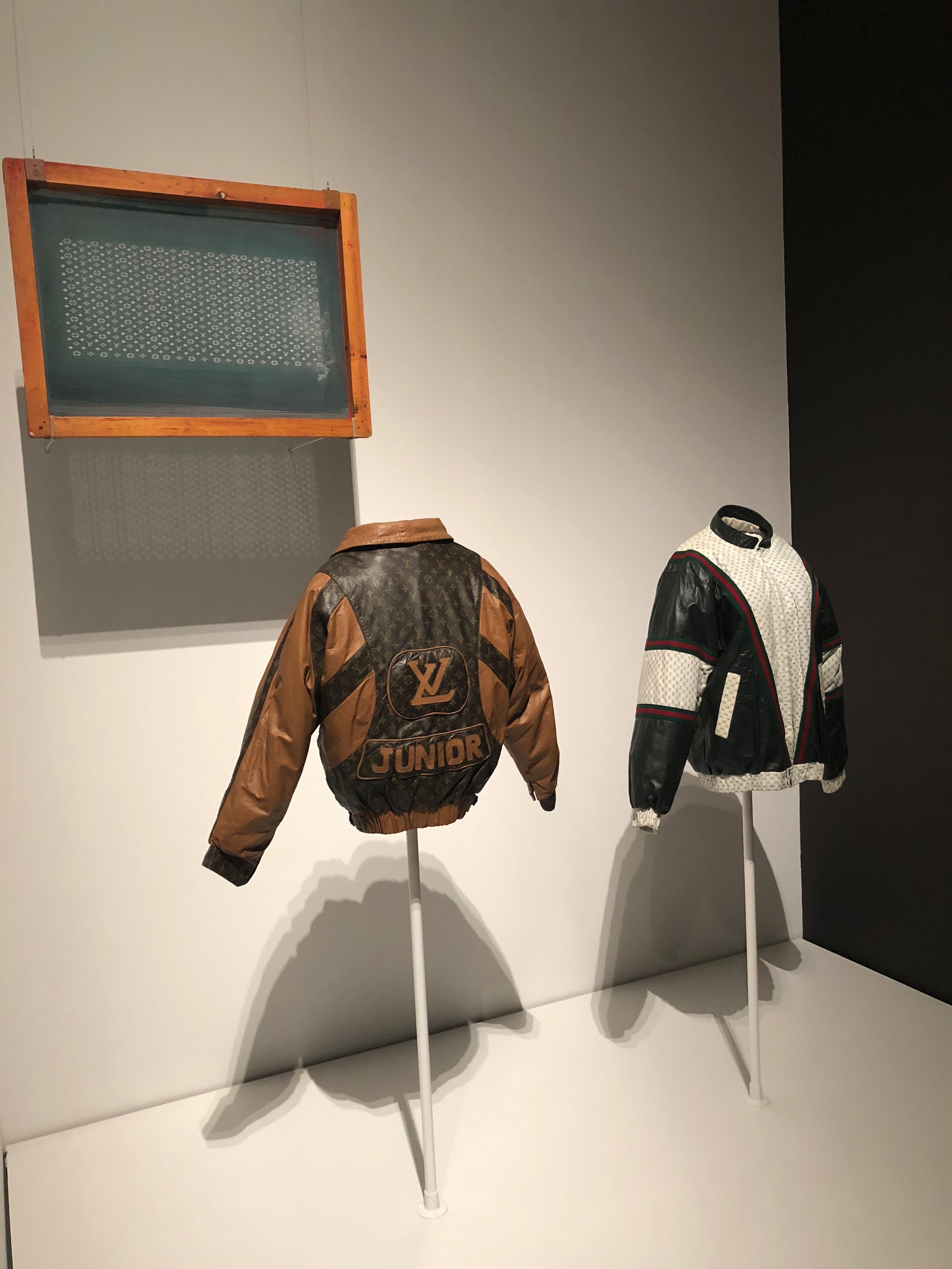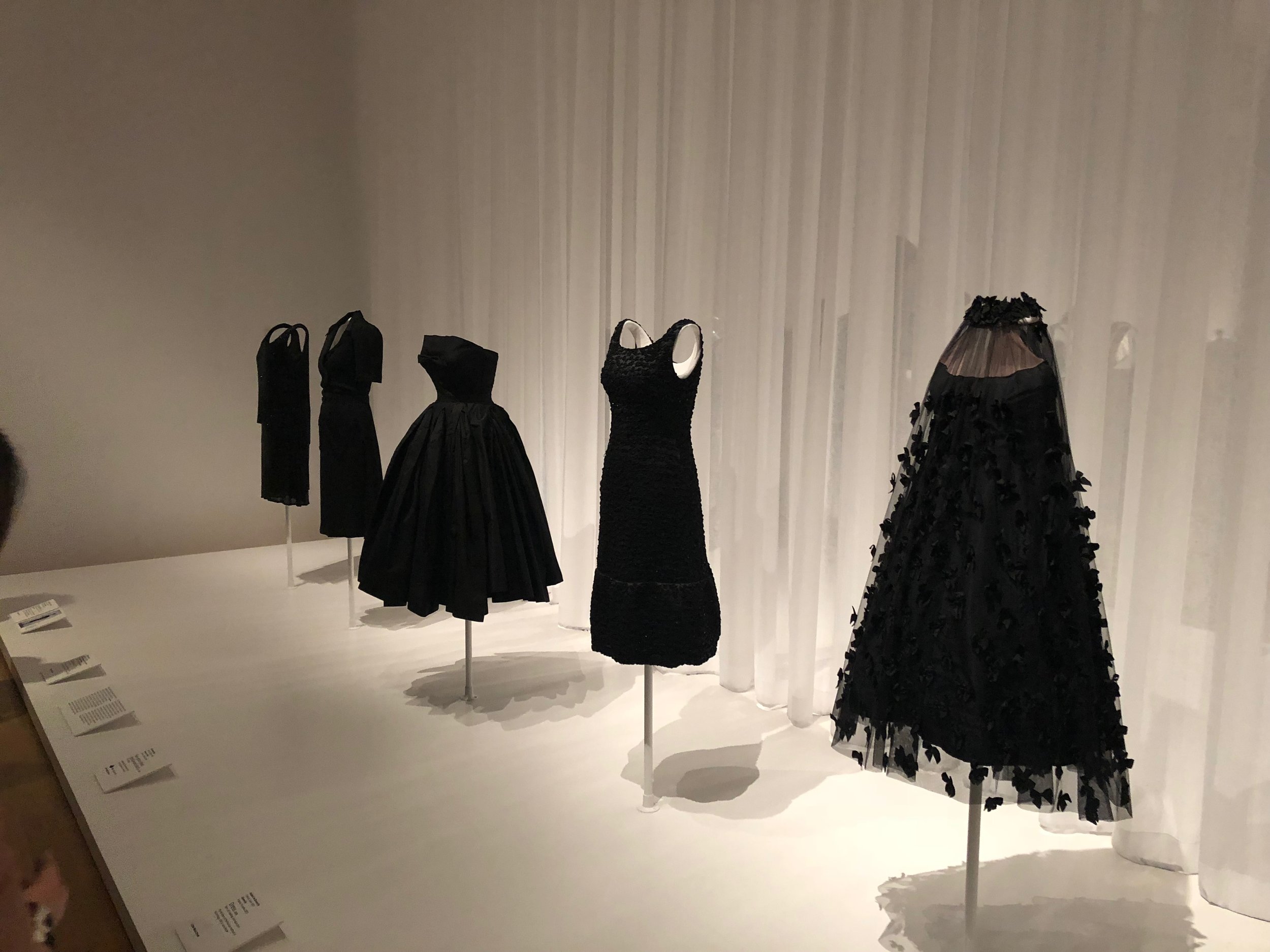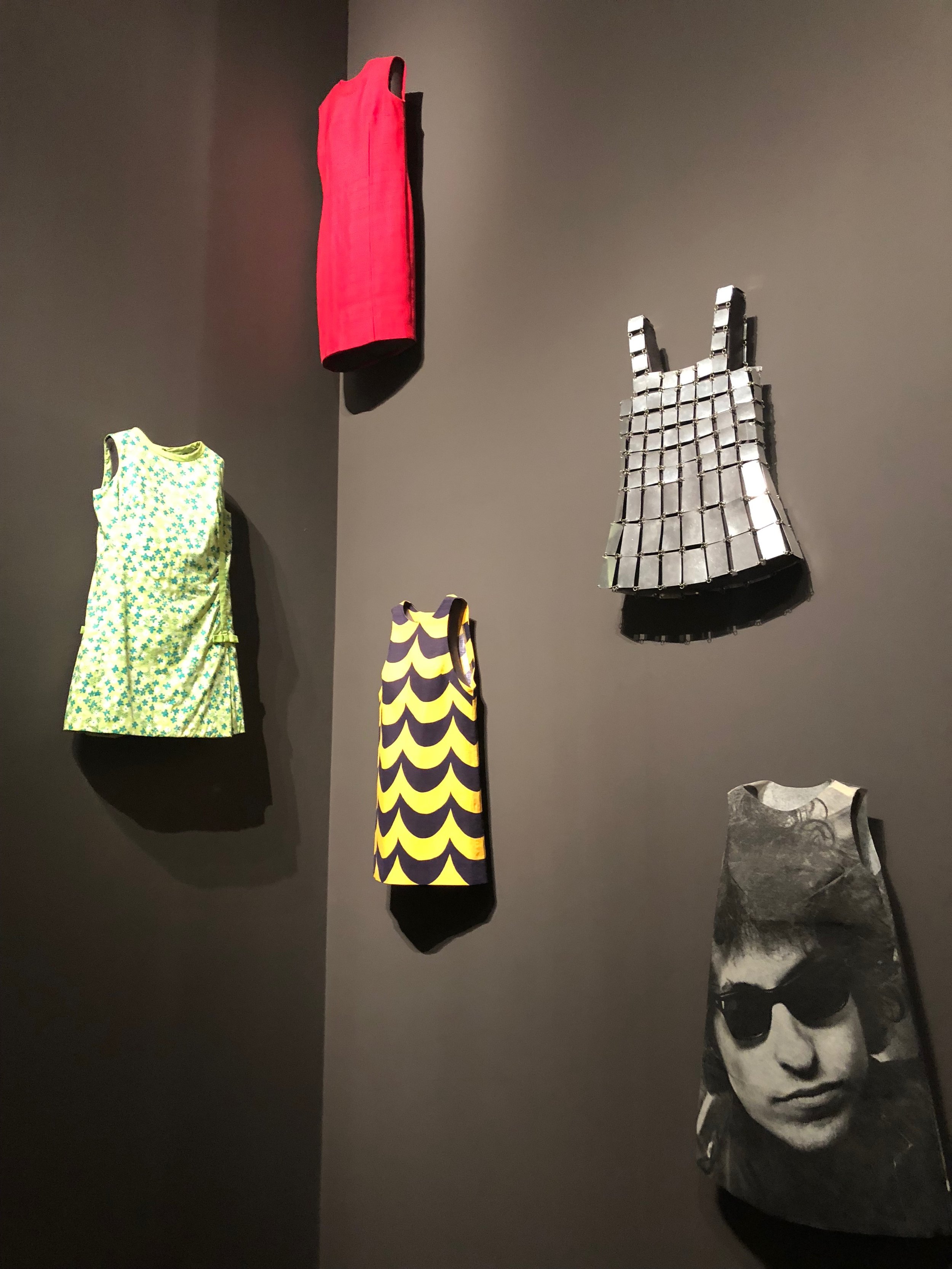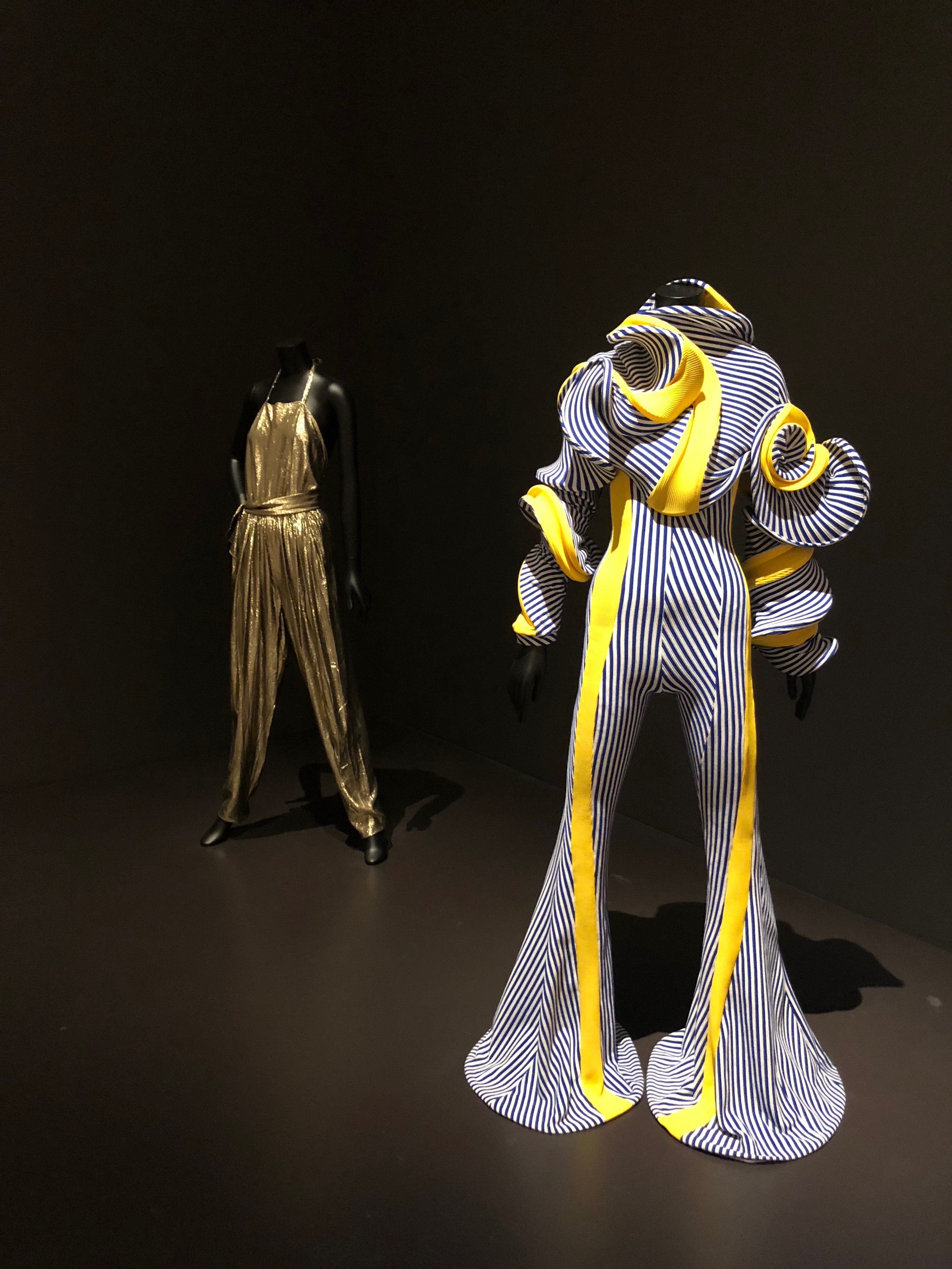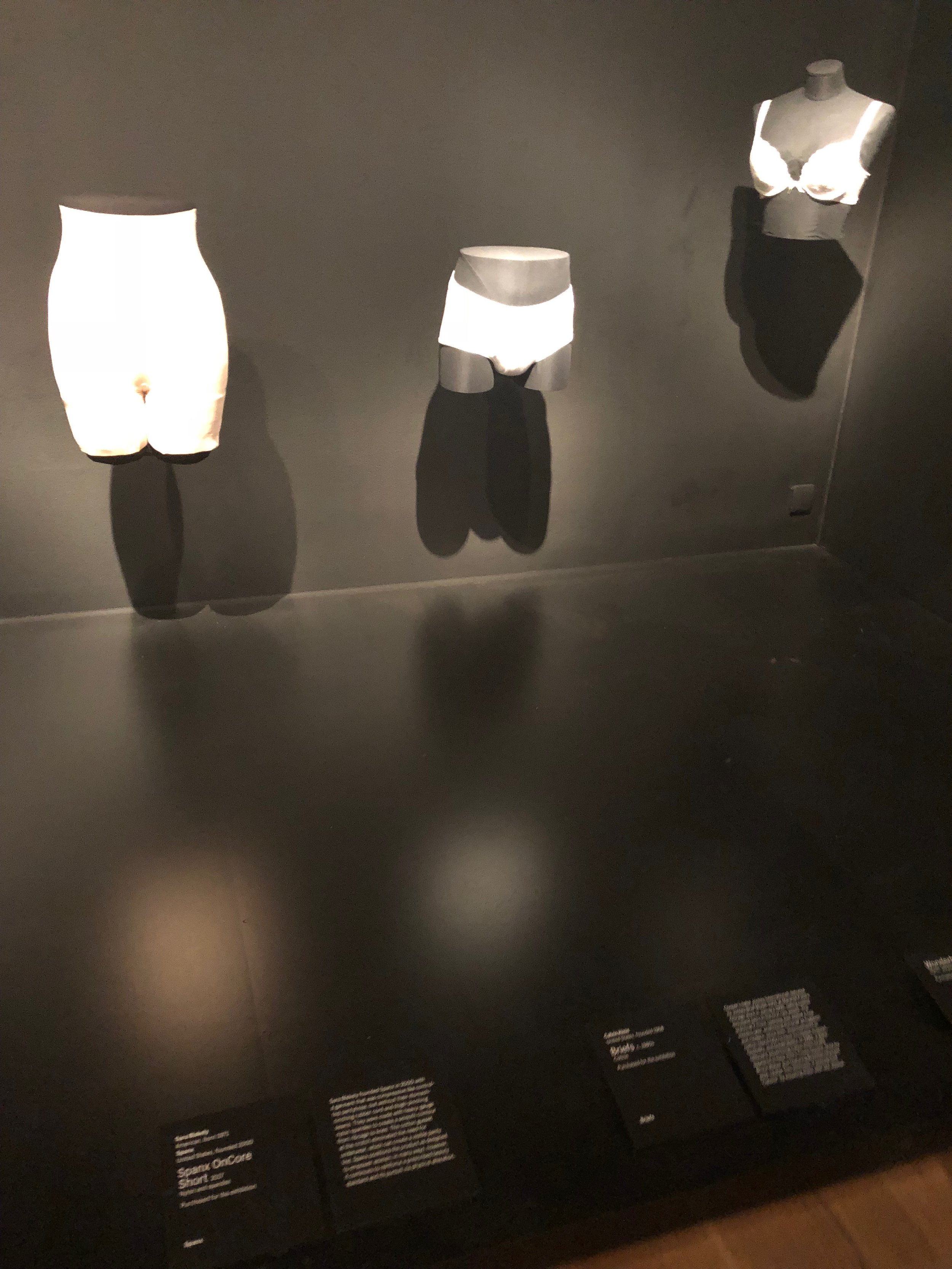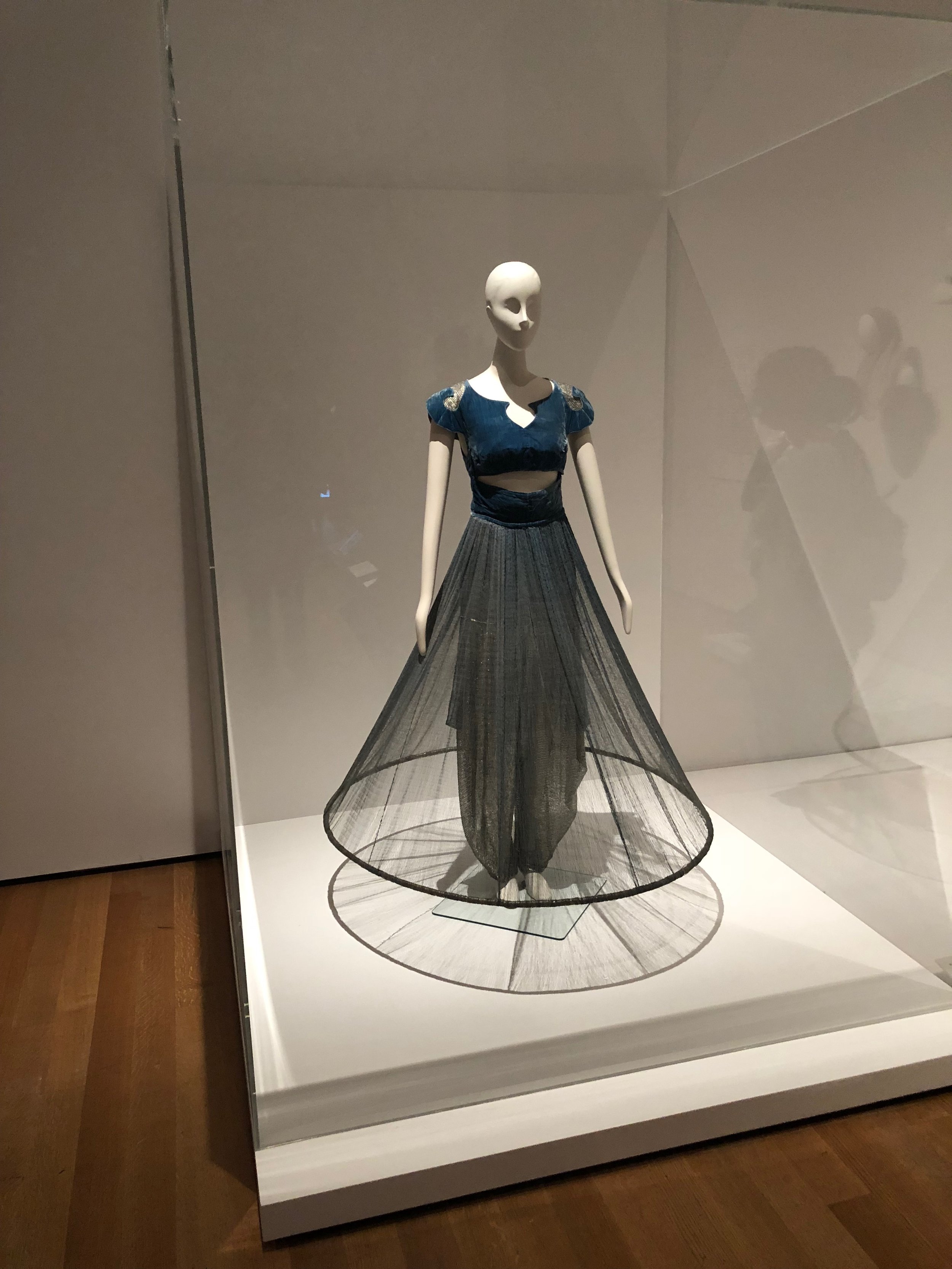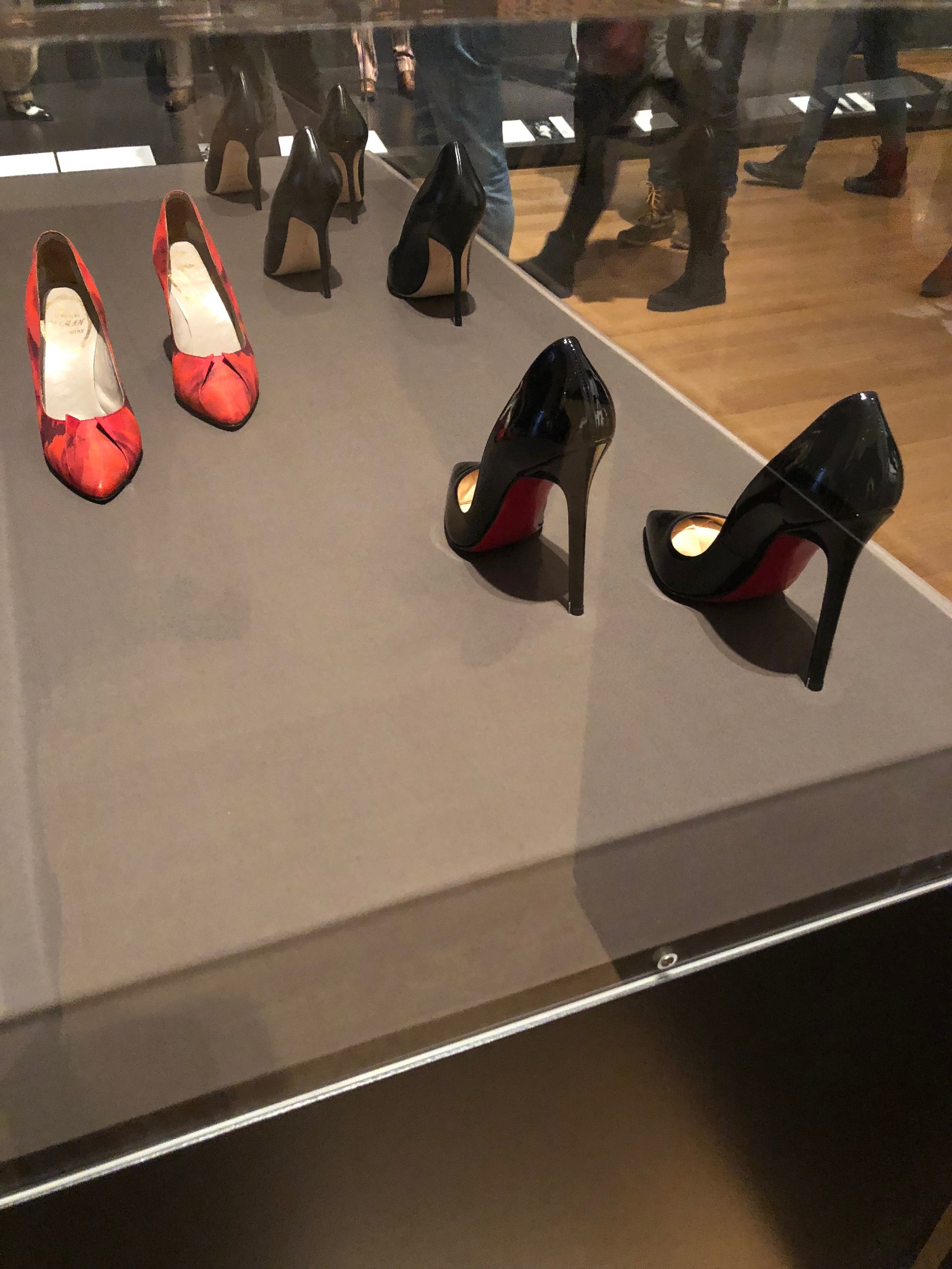As spring is just around the corner, the art world's attention has shifted this week to New York where Armory Arts Week opened to kick off the 2018 art season. With over 200 exhibitors representing international galleries, artist collectives, and public art programs, the Armory show often sets the tone for what can be expected in terms of themes, issues, and yes, fashion and taste, for the year to come. This year, mirroring my own experience at the College Arts Association conference in LA last month, the event has been overshadowed in many important, but also cynical (and some would argue potentially destructive) ways, by the spectre of the Trump administration and the abject fear of how shifting US government policies may impact art activism and the role art can play in speaking truth to power.
At a time when the art market is once again breaking records (as it did this same week at the Sotheby's auction in London), there is the everpresent disconnect between art valuations and the value of subversive thought that underpins many of the works at auction. Still, one of the ironies of the overheated art market is renewed focus and attention that is being paid to artists who have often fallen just off the radar of conventional art histories. Case in point is my artist in focus this week, Ruth Asawa.
Artist, activist, and art education advocate Ruth Asawa learned to draw and paint as a child in the Japanese internment camps during WWII. She would go on to challenge visual arts boundaries and make her unique mark in the American art scene. I highly recommend a recent New Yorker article that touches on her important legacy and body of work within the context of a recent commercial art exhibition promoting her works for sale:
"The addition of Asawa to art’s overwhelmingly white-male hit parade comes at a critical time in our country, as the policies of the current Administration challenge the undeniable fact that the United States is a nation of immigrants. Asawa’s parents were farmers, who emigrated to rural California from Japan. (“Sculpture is like farming,” the artist once said. “If you just keep at it, you can get quite a lot done.”)"
Enjoy this week's links, and get out into that spring sunshine!










- Someone Yarn-Bombed a Guggenheim Museum Toilet with Gold Crochet
- Ai Weiwei Will Make the Refugee Crisis Personal in His Upcoming Qatar Show
- Jean-Luc Godard’s Models for a Scuttled Exhibition Are Artworks in Their Own Right
- How the 1913 Armory Show Dispelled the Belief that Good Art Had to Be Beautiful
- A Flag Is a Flag Is a Flag
- New Adventures in Old Masters: How Art Historical Detective Work Gives Dealers at TEFAF an Edge
- What Is the Perfect Color Worth?
- The Handmaid's Tale costume designer Ane Crabtree on the feminist power of fashion (PODCAST)
- The Spring Break Art Show: A Good Time Show Disrupted by the Specter of Trump (PODCAST)
- Identifying art through machine learning with the MoMA #GoogleArts (VIDEO)






